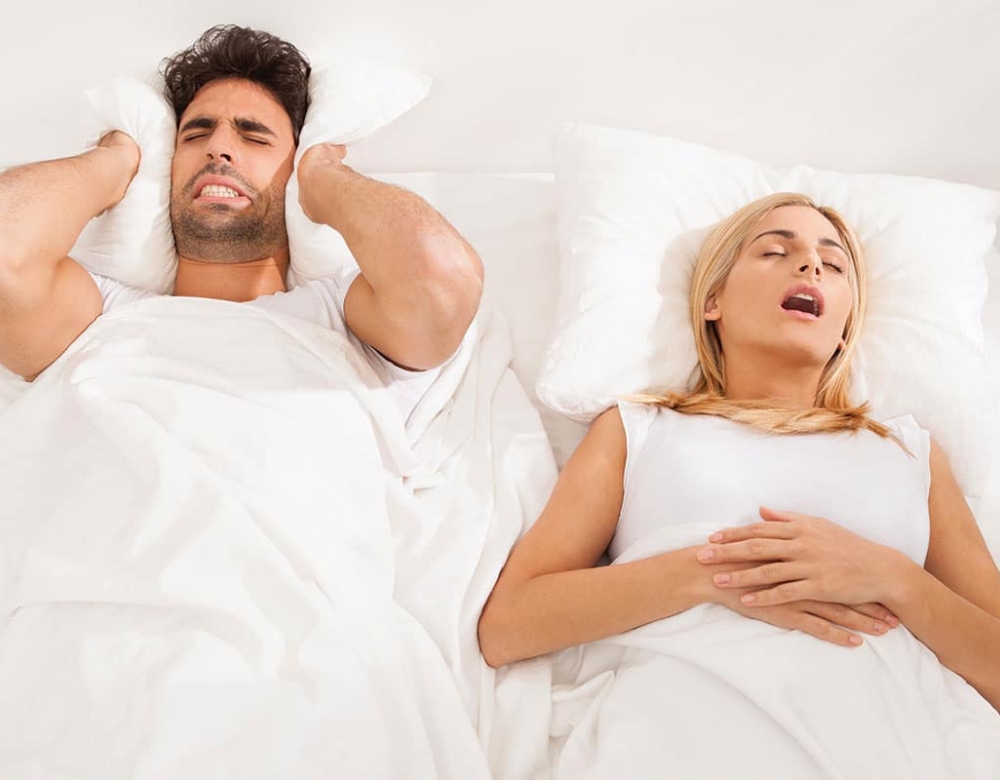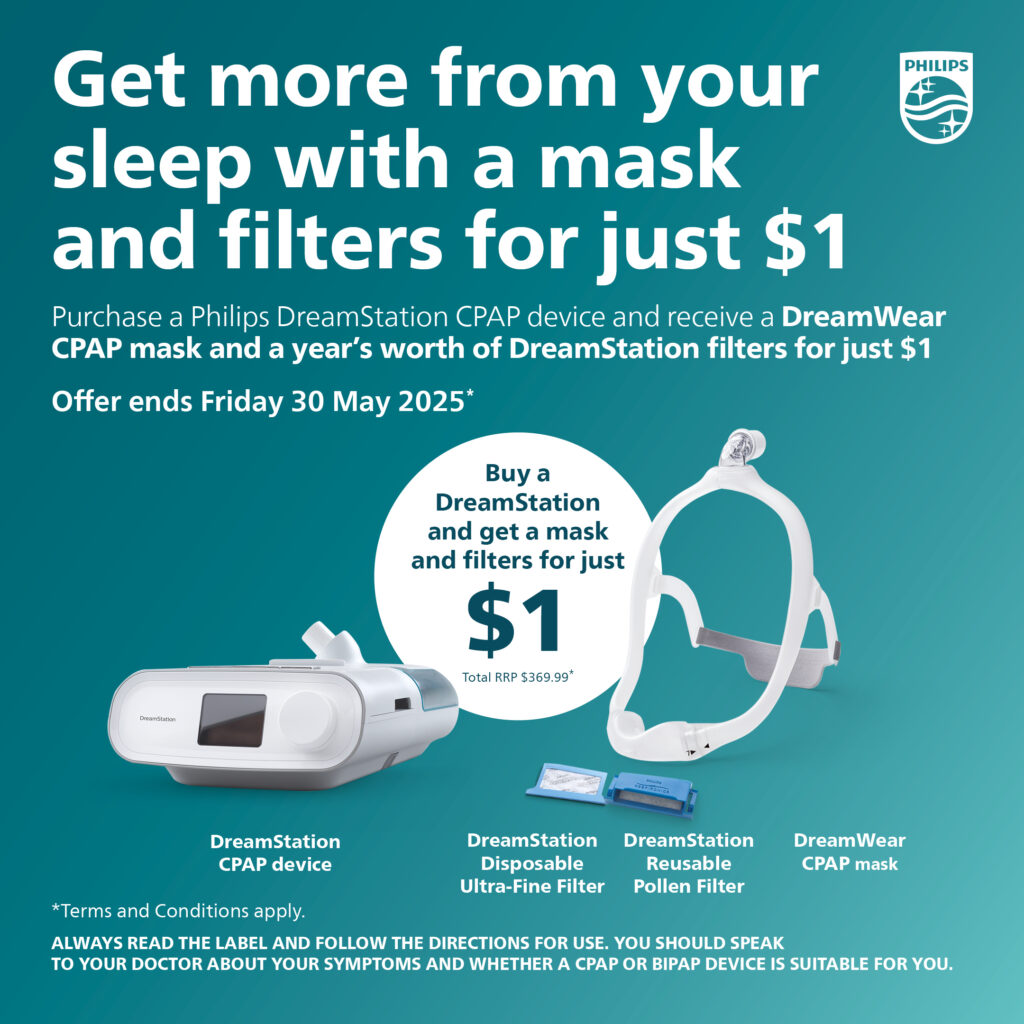The signs of sleep apnea in women are often vague and can be attributed to other causes. With typical symptoms such as snoring and breathing cessation, women might also complain of tiredness, insomnia, or altered moods. Early detection is critical to diagnose and treat any health problems, and it is associated with better health. In this article, CLM sleep will help you learn about sleep apnea symptoms in women.
What is Sleep Apnea?
Sleep apnea is a type of sleep disorder that interrupts the flow of air in and out of the body during sleep. Breathing interruptions are called apneas and they can take a few seconds to a minute and occur several times an hour. There are generally three types of sleep disorders: obstructive sleep apnea (OSA), which is characterized by the blockage of the airways; central sleep apnea (CSA) is when the brain does not tell the body’s muscles to breathe; and complex sleep apnea syndrome is both OSA and CSA. Untreated sleep apnea decreases the quality of sleep, causes chronic fatigue during the day, and may lead to several other health issues such as heart attacks, high blood pressure, diabetes, etc.
The presentation of sleep apnea in women is usually not as obvious as in males and, therefore often underdiagnosed. Clinically, in women, general symptoms such as fatigue, insomnia, headaches, depression, and anxiety are often present. However, loud snoring and gasping remain highly prominent. The risk of acquiring sleep apnea increases with hormonal flux, especially during pregnancy and menopause. As most of these symptoms may overlap with those of other conditions, it’s imperative that women presenting such signs see a healthcare provider for accurate diagnosis and management.

Sleep Apnea Symptoms in Women
Fatigue and Daytime Sleepiness
Although women may feel they have had enough hours of sleep, those with sleep apnea often experience chronic tiredness and daytime drowsiness. Their deep sleep, which is crucial for restoration, frequently gets interrupted by periods of stopped breathing, leaving them exhausted throughout the day. This fatigue can limit an individual’s daily activities and significantly impact their overall quality of life.

Difficulty Falling or Staying Asleep (Insomnia)
Insomnia is another common complaint for women with sleep apnea. They may be unable to fall asleep or wake up several times during the night, making it hard for them to remain asleep by virtue of more frequent awakenings due to difficulty in respiration or the embarrassment of gasping for breath. Over a period of time, this pattern later on becomes solidified and culminates in chronic insomnia that leads to depressive attitudes.

Snoring (May Be Quieter Than in Men)
Snoring is a well-known feature of sleep apnea. However, women tend to snore less and more softly than men. Since snoring occurs due to partial airway obstruction, the softer volume in women may result in misdiagnosis or delays in treatment, as their snoring can be attributed to several other factors.

Morning Headaches
Women suffering from sleep apnea, often experience morning headaches. These headaches are usually the results of hypoxic episodes experienced at night and the stress that comes with abnormal breathing. These sometimes persist for a few hours after getting up and can affect one’s ability to rise and shine easily.

Night Sweats
Night sweats, or excessive sweating during sleep, are a less common but also significant symptom of sleep apnea in women. The body’s threat response to endless breathing stoppages can cause it to overheat, resulting in night sweats. This can be exacerbating as it interrupts sleep further and leads to discomfort which makes it hard to have quality sleep

Difficulty Concentrating and Memory Problems
Concentration and memory impairments are often experienced by women who present with sleep apnea owing to the deprivation of oxygen to the brain when asleep. Such cognitive manifestations are because of the broken sleeping popularly known as the sleep cycle, thus interfering with attentional control, information processing, and functioning as required to complete a day’s activities. This gradually affects occupational productivity and other day-to-day activities.

How Symptoms Differ Between Men and Women
Inevitably, it has to do with the fact that some of the symptoms that women present with are more favorable, unlike the men. Inevitably, this relates to the fact that women often exhibit milder symptoms than men. Most men show the more typical symptoms of obstructive sleep apnea, such as loud snoring and noticeable pauses in breathing during sleep, while women commonly experience symptoms like sleeplessness, fatigue, and mood changes.
Additionally, women may also have other symptoms of sleep apnea, such as anxiety, depression, morning headaches, and frequent urination at night, which are often mistaken for signs of other health issues. The milder nose of women’s complaints may also contribute to a lack of early diagnosis of sleep apnea thereby causing them to go for sleep apnea symptoms in women treatment at a later stage than men. This difference in sleep apnea symptoms in young women emphasizes the importance of different strategies in the diagnosis and management of women suffering from sleep apnea.

Diagnosis and Treatment
Understanding how to identify the disease in women is still an uphill task as the symptoms are more subtle and atypical than in men. Women do not typically complain of the more pronounced symptoms of the condition, such as loud snoring or gasping. Instead, they report tiredness without obvious reasons, sleeplessness, and irritability. To confirm the diagnosis, the physician may recommend an overnight sleep test, known as polysomnography, to assess breathing, oxygen levels in the blood, and heart function during sleep.
Doctors commonly suggest behavioral interventions, such as weight control or smoking cessation, to manage sleep apnea in women. Continuous Positive Airway Pressure (CPAP) is the most widely used treatment to keep airways open during sleep. In less severe cases, special mouthpieces or sleep positions may be advised. Women with symptoms should seek medical care, as untreated sleep apnea increases risks for heart disease, high blood pressure, diabetes, and other conditions.

Lifestyle Changes to Manage Sleep Apnea
Making specific lifestyle changes can significantly help manage sleep apnea symptoms, especially for women. Here are some strategies that can make a difference:
- Weight Management: Maintaining a healthy weight can reduce the severity of sleep apnea. As excess weight can contribute to airway obstruction during sleep.
- Exercise: Regular physical activity improves overall health and may help with better sleep patterns, reducing sleep apnea symptoms.
- Sleep Position: Sleeping on your back can worsen symptoms, so it’s recommended to sleep on your side to keep airways more open.
- Avoid Sedatives: Sedatives and alcohol relax the throat muscles, increasing the risk of airway obstruction. Limiting or avoiding these substances can help manage sleep apnea.
- Quit Smoking: Smoking contributes to airway inflammation and increases the likelihood of sleep apnea. Quitting smoking is beneficial for both respiratory health and sleep quality.
- Maintain a Sleep Routine: Establishing a consistent sleep schedule and practicing good sleep hygiene can improve sleep quality. Especially for women who experience insomnia as part of their sleep apnea symptoms.

In conclusion, understanding the unique symptoms of sleep apnea in women is crucial for early diagnosis and effective management. Women may experience symptoms such as fatigue, insomnia, snoring, and mood changes differently than men, making it essential to pay close attention to these signs. If you suspect that you or a loved one may be suffering from sleep apnea. Don’t hesitate to seek medical advice. At CLM Sleep, we offer comprehensive diagnostic and treatment services for sleep apnea, helping you restore sleep quality and enhance your health. You can also explore other sleep improvement devices at Cpapdiscount.





